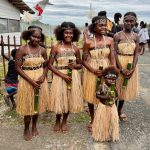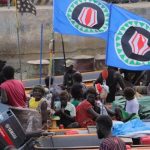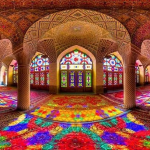When one thinks of Europe, Buddhism might not be the first thing that comes to mind. However, nestled in the vast steppes of southern Russia lies Kalmykia, a fascinating and unique republic known as the only Buddhist region in Europe.
With its rich history, distinct culture, and striking landscapes, Kalmykia offers an intriguing travel experience off the beaten path.
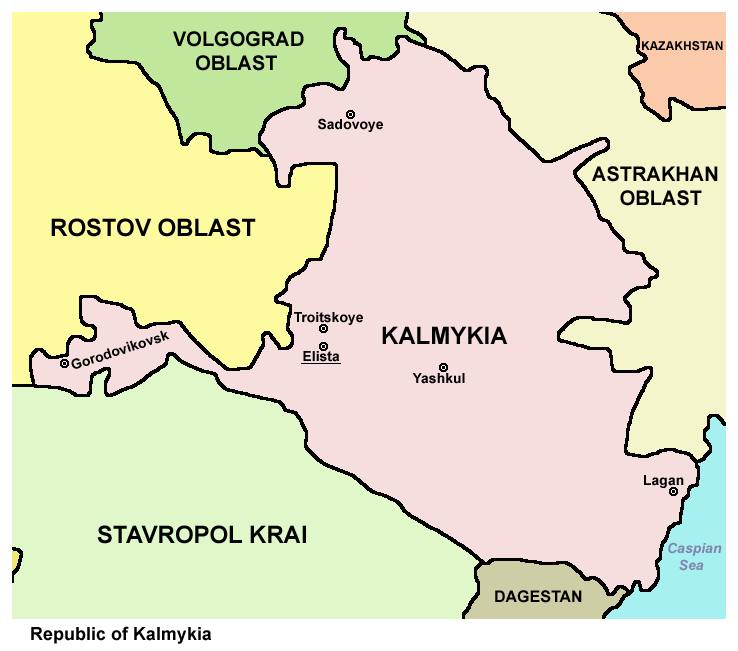
Table of Contents
A Brief History: From Nomadic Roots to Modern Times
The history of Kalmykia is deeply rooted in the story of the Kalmyk people, a Mongolic ethnic group who migrated from Central Asia to the Volga region in the 17th century. Originally part of the Oirat confederation, the Kalmyks left their homeland in Dzungaria (present-day Xinjiang, China) due to political and economic pressures. In 1630, they settled in the lower Volga region, which was then under the jurisdiction of the Russian Tsar.
The Kalmyks established the Kalmyk Khanate, a semi-autonomous entity within the Russian Empire, and maintained their nomadic lifestyle, herding cattle, sheep, and horses. Buddhism, introduced to the Kalmyks in their original homeland, became a cornerstone of their identity. Over time, the Kalmyks developed a unique blend of their traditional nomadic culture with influences from Russian and other neighboring peoples.
However, the Kalmyk people faced significant challenges over the centuries. In the late 18th century, the Russian Empire sought to consolidate its control over the region, leading to increased pressure on the Kalmyks to abandon their nomadic ways and adopt a sedentary lifestyle. The most dramatic event occurred in 1771 when a large portion of the Kalmyk population, disillusioned with Russian rule, embarked on a massive migration back to their ancestral lands in Dzungaria. This arduous journey, known as the “Great Kalmyk Migration,” resulted in significant loss of life and marked a turning point in Kalmyk history.
The Soviet era brought further upheaval. In the 1940s, the Kalmyks were accused of collaborating with Nazi Germany during World War II, leading to the deportation of the entire population to Siberia and Central Asia in 1943. It was not until 1957, during the Khrushchev Thaw, that the Kalmyks were allowed to return to their homeland, which had been significantly altered in their absence.
Kalmykia Today: A Cultural and Spiritual Hub
Today, Kalmykia is an autonomous republic within the Russian Federation, known for its rich cultural heritage and spiritual life. The capital city, Elista, is a vibrant center of Kalmyk culture and the heart of Buddhism in the region. Elista is home to the Golden Abode of the Buddha Shakyamuni, one of the largest Buddhist temples in Europe, which stands as a symbol of the resilience and revival of Buddhism among the Kalmyk people.
The temple, with its stunning architecture and serene atmosphere, attracts visitors from around the world. Inside, visitors can find a statue of the Buddha, intricate frescoes, and a peaceful prayer hall where monks and laypeople alike come to meditate and pray. The temple complex also includes a museum dedicated to the history and culture of the Kalmyk people and their Buddhist faith.
Elista also boasts a unique cultural landmark known as the Chess City, or “City Chess.” Built in the 1990s under the direction of the then-president of Kalmykia, Kirsan Ilyumzhinov, a chess enthusiast and former president of the International Chess Federation (FIDE), City Chess is a quirky mix of architectural styles and hosts international chess tournaments. The cityscape includes a large chessboard, a chess museum, and various buildings designed to resemble chess pieces.
Exploring the Steppes: Nature and Nomadic Heritage
Beyond Elista, the vast steppes of Kalmykia offer a stark and beautiful landscape. This region, characterized by its flat, open terrain and semi-arid climate, is home to a variety of wildlife, including the critically endangered saiga antelope. The Kalmyk people have traditionally relied on this land for herding, and even today, many Kalmyks continue to practice pastoralism, raising livestock such as sheep, goats, and camels.
Visitors to the region can experience traditional Kalmyk hospitality by staying in a yurt, a portable, round tent used by nomads. These yurts offer a glimpse into the traditional way of life, where guests can enjoy Kalmyk cuisine, including dishes like “bortsoki” (fried dough snacks) and “tsagan ide” (a type of fermented dairy product), often accompanied by “Kalmyk tea,” a unique drink made with green tea, milk, salt, and butter.
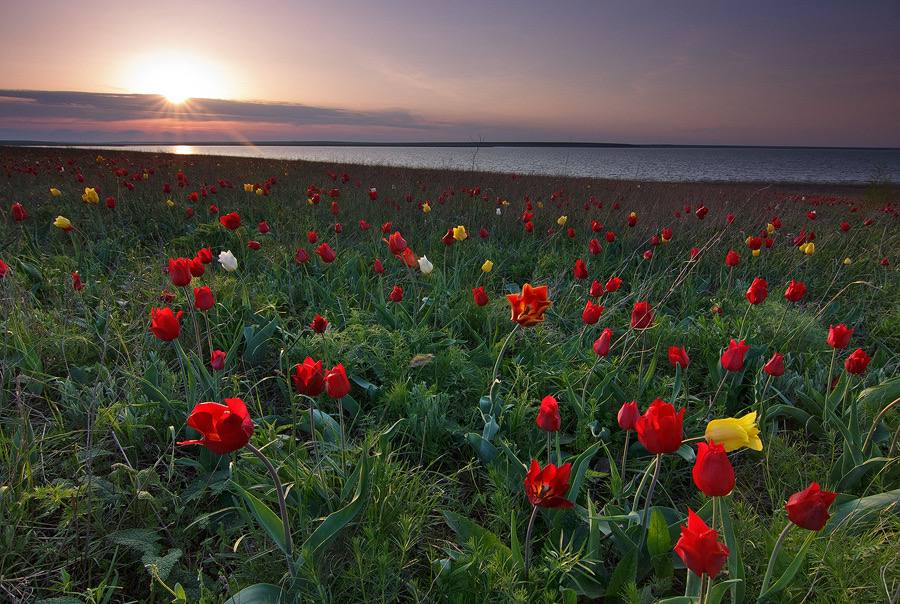
The Kalmyk people are also known for their vibrant cultural traditions, including music, dance, and folk art. Festivals and cultural events, such as the annual “Tulip Festival,” celebrate the blooming of wild tulips in the steppes and provide a showcase for traditional Kalmyk dress, music, and dance. Visitors can witness performances of the “Jangar,” a traditional epic poem that recounts the heroic deeds of ancient Kalmyk warriors, or listen to the haunting melodies of the “dombra,” a traditional stringed instrument.
Buddhism in Kalmykia: A Living Tradition
Buddhism in Kalmykia is not just a cultural artifact but a living, breathing tradition. The region’s Buddhist institutions are active in promoting the teachings of the Buddha and supporting the spiritual life of the community. Monasteries and temples throughout Kalmykia offer opportunities for study, meditation, and retreat, welcoming both locals and visitors.
One of the most significant annual events in Kalmykia is the “Days of Tibetan Culture,” a festival that celebrates the shared cultural and religious heritage between the Kalmyk people and Tibetan Buddhism. The festival includes teachings and initiations from Tibetan lamas, traditional music and dance performances, and exhibitions of Tibetan art and crafts. It serves as a bridge connecting the local community with the broader Buddhist world.
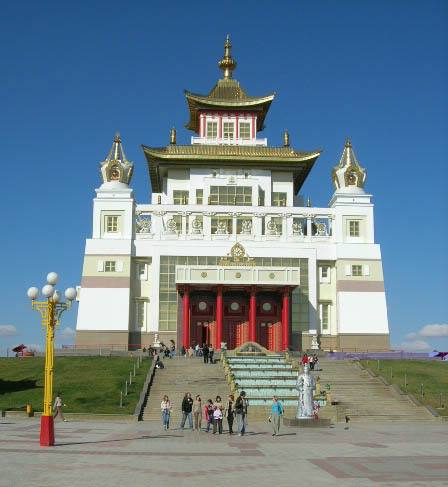
Conclusion: Discovering Kalmykia
Kalmykia, with its rich history, unique cultural heritage, and breathtaking landscapes, offers a travel experience unlike any other in Europe. Whether you’re drawn to the serenity of its Buddhist temples, the open expanses of its steppes, or the warmth of its people, Kalmykia promises a journey of discovery and reflection.
For those willing to venture off the beaten path, Kalmykia reveals itself as a place where ancient traditions meet modern realities, where the resilience of the Kalmyk people shines through in their vibrant culture and enduring faith. It’s a destination that invites travelers to explore, learn, and connect with a unique and often overlooked part of the world.
So, pack your bags and set out on an adventure to Kalmykia—a place where history, spirituality, and culture come together in a remarkable blend that is truly one of a kind. Whether you’re a history buff, a cultural enthusiast, or simply a curious traveler, Kalmykia is a destination that will leave you enriched and inspired.
And while YPT do not currently go here, we can arrange bespoke travel. You can check our Soviet Tours, for more details.



